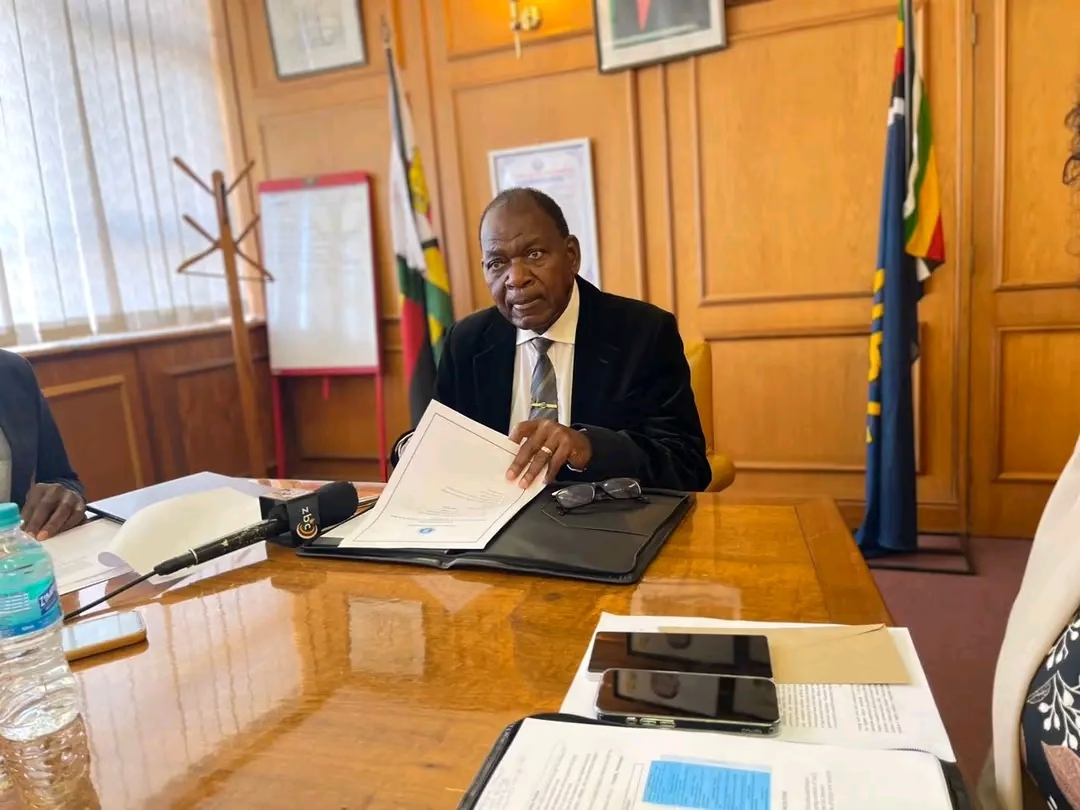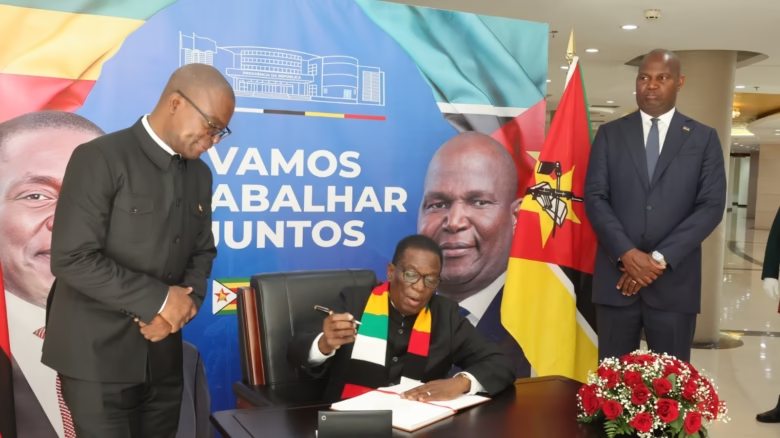
A new chapter is opening for Zimbabwe’s railway system. The National Railways of Zimbabwe (NRZ), long weighed down by ageing infrastructure and outdated systems, is now at the centre of a sweeping revitalisation drive aimed at aligning operations with modern regional standards.
The NRZ board, under the leadership of Chairperson Dr Misheck Sibanda, is steering the turnaround with a vision to position Zimbabwe as a central logistics hub in Southern Africa. Addressing management in Bulawayo, Dr Sibanda underscored the urgency of reforms, stressing that efficiency, safety, and competitiveness are non-negotiable if Zimbabwe is to reclaim its place in regional transport.
The strategy involves opening up to global expertise, including the Zimbabwean diaspora and international partners, to ensure that best practices shape the rebuilding process. “Revamping NRZ requires the best knowledge available to ensure we build a system that is efficient, modern and sustainable,” Dr Sibanda noted, aligning the effort with President Emmerson Mnangagwa’s vision of achieving an upper-middle-income society by 2030.
This vision dovetails with the Second Republic’s broader infrastructure modernisation agenda, which has already seen significant upgrades in road networks, airports, and energy projects. The railway revival is not an isolated intervention, but a crucial cog in the machinery of economic growth and integration.
A US$600 million agreement with China Railway International Group, expected to be concluded this year, will inject capital into locomotives, tracks, and signalling systems. Such investment will not only modernise NRZ but also drive down the cost of doing business, enhance trade efficiency, and open new pathways for regional economic competitiveness.
If delivered with focus and urgency, the NRZ transformation could mark a historic turning point, resurrecting Zimbabwe’s railways as both an economic lifeline and a strategic asset for Southern Africa’s connectivity.




